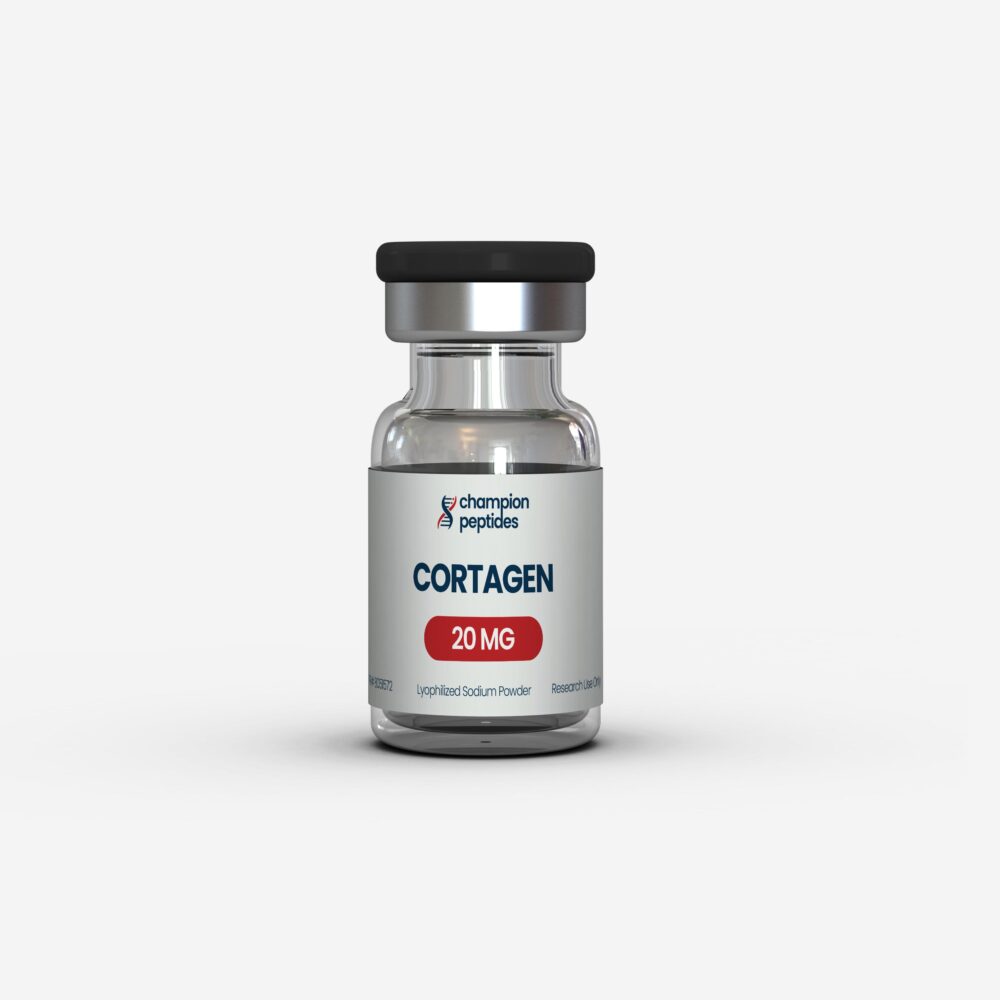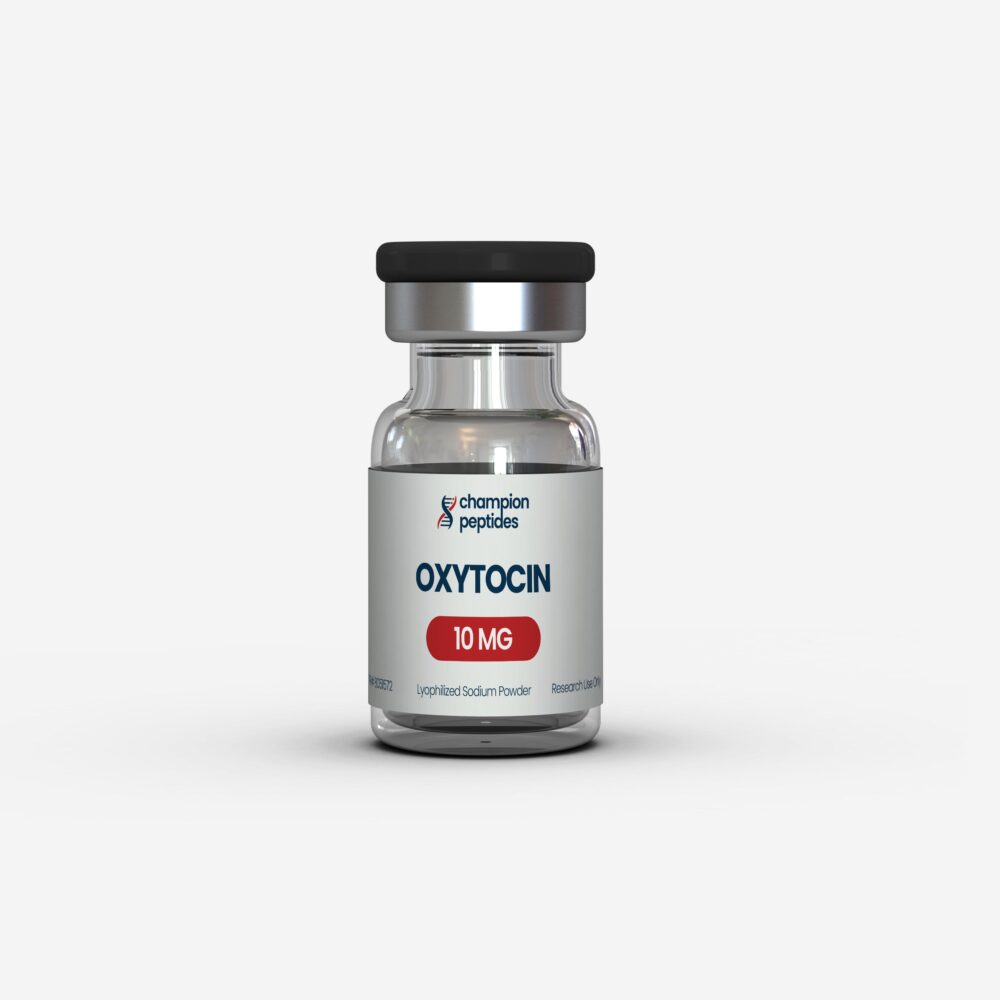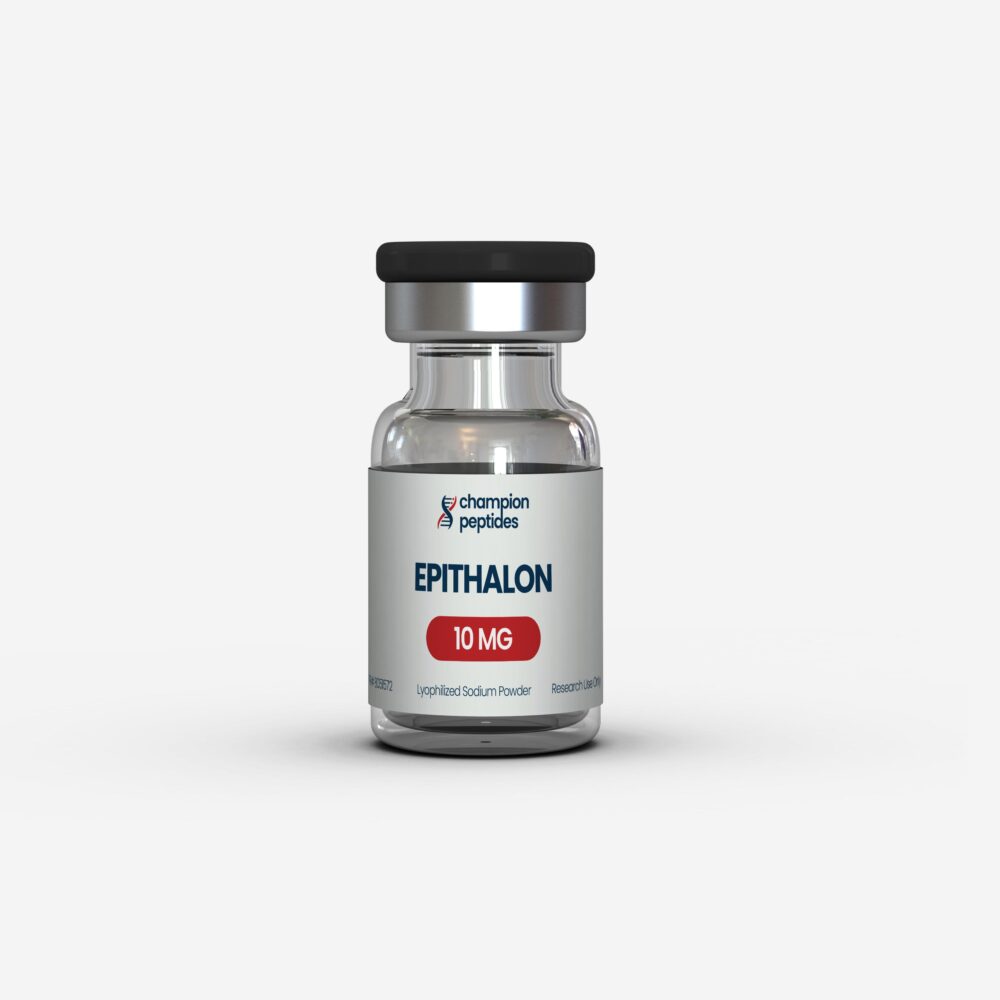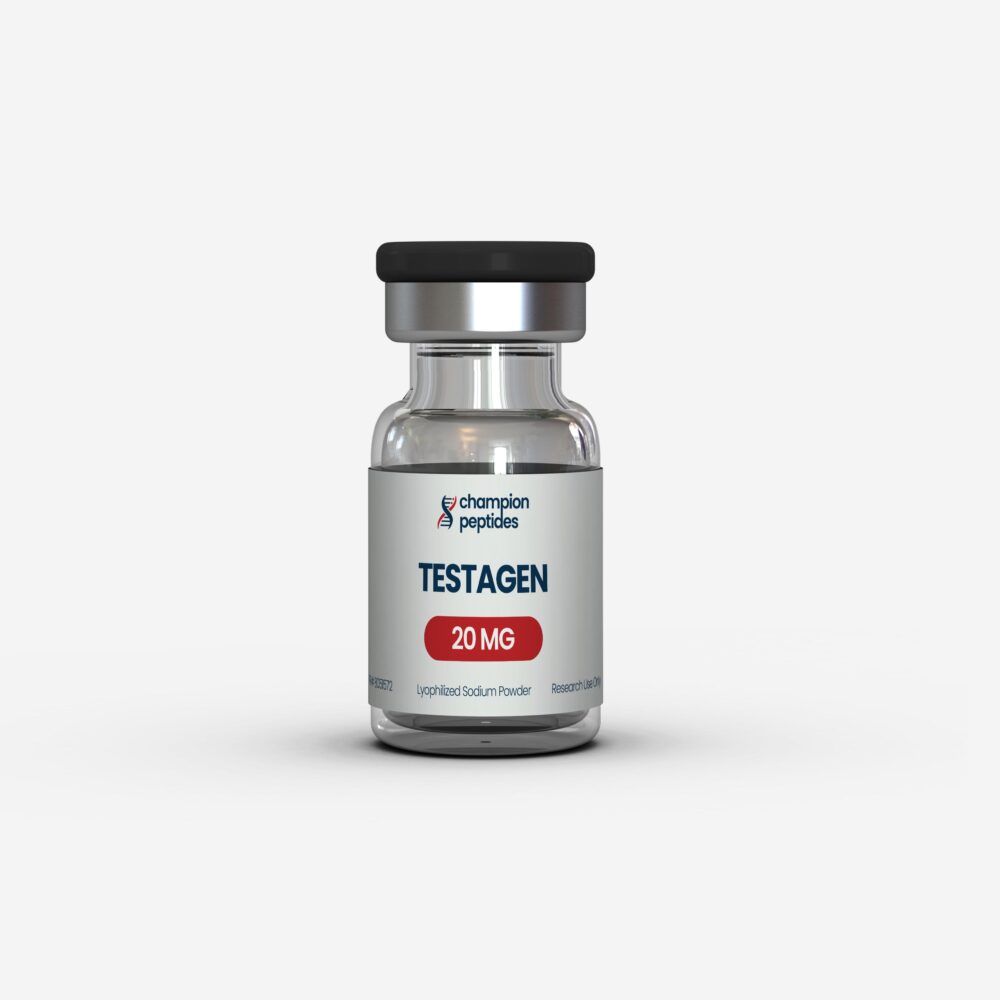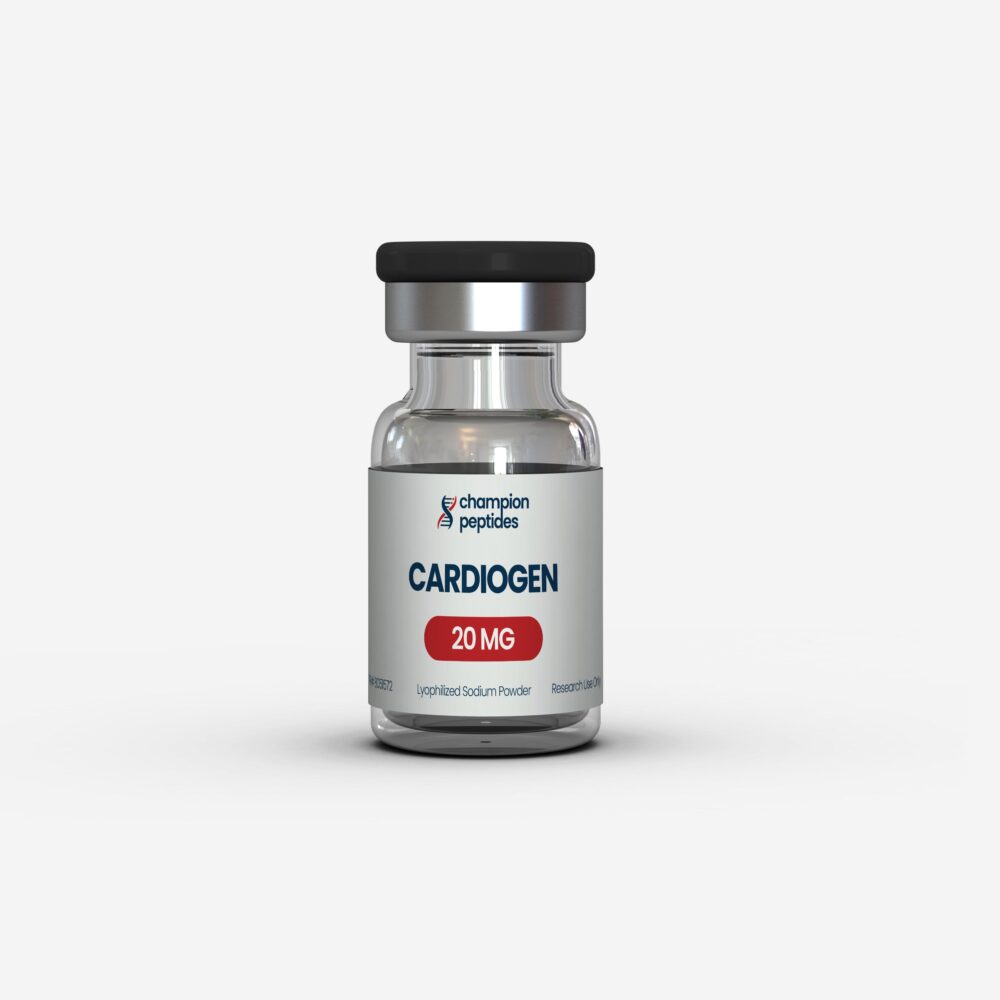- PNC-27 demonstrates selective cytotoxicity with IC₅₀ values of 12.4 μM against cervical cancer cells while sparing normal cells
- Unique mechanism targets HDM-2 proteins exclusively expressed in cancer cell membranes, not normal cells
- Laboratory studies show 100% cancer cell killing through transmembrane pore formation without affecting untransformed cells
- Research demonstrates effectiveness against chemotherapy-resistant cancers and primary tumors across multiple cell lines
- Clinical investigations reveal potential applications in pancreatic, cervical, ovarian, and hematologic malignancies
Contents
Scientific Overview and Mechanisms
The PNC-27 peptide represents a groundbreaking advancement in targeted cancer research, distinguished by its highly selective mechanism of action. This 32-residue synthetic peptide contains an HDM-2 binding domain derived from the p53 tumor suppressor protein, coupled with a cell-penetrating peptide (CPP) leader sequence that enables efficient cellular interaction.
Recent breakthrough research from Champion Peptides and collaborating institutions has illuminated the unique selectivity profile of this research compound. Unlike conventional therapeutic approaches, PNC-27 demonstrates remarkable specificity for malignant cells while preserving normal cellular function. The peptide’s mechanism centers on its interaction with HDM-2 proteins, which are aberrantly expressed in cancer cell membranes but notably absent from the membranes of untransformed cells.
The peptide’s structure incorporates amino acids 12-26 from the p53 transactivating domain, specifically engineered to bind HDM-2’s 1-109 domain with high affinity. This binding interaction triggers a cascade of events leading to transmembrane pore formation, a process researchers term “poptosis” – peptide-induced transmembrane pore formation. Laboratory investigations consistently demonstrate that these peptides cause rapid extrusion of cancer cell contents while maintaining the viability and growth characteristics of normal cells.
Computational modeling studies reveal that PNC-27 forms 1:1 complexes with HDM-2 in a temperature-independent step, followed by dimerization of these complexes to create functional transmembrane channels. This dual-step mechanism parallels the action of other membranolytic agents but with unprecedented selectivity for malignant cells.
PNC-27 Research Dosage Protocols
Laboratory research protocols for PNC-27 have established comprehensive dosing frameworks based on extensive cellular and tissue studies. Research investigations utilize precise concentration ranges tailored to specific experimental objectives and cellular models.
| Research Application | Concentration Range | Exposure Duration | Observed Effects | Cell Line Specificity |
|---|---|---|---|---|
| Cervical Cancer Studies | 12.4 μM (IC₅₀) | 24-48 hours | Selective cytotoxicity | HTB-35 vs PCS-480 |
| Pancreatic Cancer Research | 10-50 μM | 4-24 hours | Transmembrane pore formation | MIA-PaCa-2 |
| Ovarian Cancer Protocols | 15-40 μM | 6-48 hours | Dose-dependent necrosis | SKOV-3, OVCAR-3 |
| Leukemia Cell Studies | 8-30 μM | 4-12 hours | Rapid cell death | U937, OCI-AML3, HL-60 |
| Breast Cancer Research | 20-60 μM | 12-72 hours | Membrane disruption | MCF-7 |
Research protocols demonstrate that PNC-27 research applications require careful consideration of cellular context and experimental objectives. The peptide’s efficacy varies across different cancer cell lines, with research-grade formulations showing consistent selectivity profiles. Laboratory studies indicate that optimal research concentrations typically range from 10-50 μM, depending on the specific cellular model and research endpoints.
Investigators have observed that the peptide’s effectiveness correlates directly with HDM-2 membrane expression levels. Research protocols consistently demonstrate that cancer cells expressing high levels of membrane-bound HDM-2 show greater sensitivity to PNC-27 treatment, while normal cells with minimal or absent membrane HDM-2 expression remain unaffected.
Advanced research methodologies incorporate time-course studies revealing that PNC-27’s effects manifest within 4 hours of exposure, with maximal effects typically observed between 12-24 hours. These temporal dynamics support the peptide’s rapid mechanism of action and provide valuable insights for optimizing experimental protocols.
Clinical Research Evidence
Recent Studies (2020-2025)
The most compelling evidence for PNC-27’s selective cancer targeting comes from recent publications demonstrating its effectiveness across multiple cancer types. Krzesaj et al. (2025, PMID: 40750238) published groundbreaking research showing that PNC-27 kills cervical cancer cells with an IC₅₀ of 12.4 μM while having no effect on normal cervical cells. Their study utilized human squamous cervical cancer cell line HTB-35 compared to untransformed human squamous cervical cell line PCS-480, establishing the peptide’s remarkable selectivity profile.
Pincus et al. (2024, PMID: 38927351) expanded understanding of the mechanism through their comprehensive review of peptide-induced poptosis. Their research revealed that PNC-27 and its shorter analogue PNC-28 containing the p53 transactivating 12-26 domain demonstrate consistent anticancer effects across solid tissue and hematopoietic tumors. Importantly, their investigations using complementary research peptides confirmed that normal cells express minimal levels of membrane-bound HDM-2, explaining the selective toxicity profile.
Krzesaj et al. (2024, PMID: 38802154) provided crucial mechanistic insights through their investigation of PNC-27’s interaction with cellular targets. Using immuno-electron microscopy with gold-labeled anti-PNC-27 antibodies, they demonstrated that the peptide binds specifically to the p53 binding site of HDM-2 (residues 1-109) in cancer cell membranes. Their research revealed that PNC-27 not only induces transmembrane pore formation but also enters cancer cells to disrupt mitochondrial membranes, providing a dual mechanism of action.
The research conducted by Miller et al. (2023, PMID: 37760956) demonstrated synergistic effects when PNC-27 is combined with ketone bodies, significantly lowering IC₅₀ values for cancer cell killing. This finding suggests that metabolic modulators may enhance the peptide’s effectiveness, opening new avenues for combination research protocols. Their work with tissue repair peptides highlighted the importance of comprehensive research approaches.
Wang et al. (2020, PMID: 31337857) conducted pivotal research demonstrating PNC-27’s effectiveness against acute myeloid leukemia (AML) cells. Their studies showed that membrane HDM-2 expression is exclusively found on human and mouse AML blasts, including leukemia stem cell-enriched subpopulations, but not on normal hematopoietic stem cells. Treatment with PNC-27 resulted in significant killing of both AML “bulk” blasts and leukemia stem cells while sparing normal hematopoietic stem cell activity.
Sarafraz-Yazdi et al. (2022, PMID: 35625682) provided detailed structural insights through conformational energy calculations and immuno-scanning electron microscopy. Their research revealed that PNC-27 forms 1:1 complexes with HDM-2, with the leader sequence pointing away from the complex. Multiple gold particles in approximately 1:1 ratios were observed in layered ring-shaped structures within cellular pores, confirming the peptide’s direct involvement in pore formation.
HDM-2 Membrane Targeting Mechanism
The cornerstone of PNC-27’s selectivity lies in its precise targeting of HDM-2 proteins aberrantly expressed in cancer cell membranes. Research investigations by Thadi et al. (2021, PMID: 33419797) demonstrated that six different colon cancer cell lines exhibited high percentages of CD44-positive cells expressing membrane HDM-2, while normal cell lines showed minimal expression. This differential expression pattern provides the molecular basis for the peptide’s cancer-selective activity.
Advanced research utilizing flow cytometry and western blot analysis has identified specific HDM-2 isoforms in cancer cell membranes. Thadi et al. (2021, PMID: 33067207) characterized multiple HDM-2 variants in ovarian cancer cells, including a prominent 47.6 kDa plasma membrane isoform present in both SKOV-3 and OVCAR-3 cells, along with 25, 29, and 30 kDa isoforms preferentially expressed in OVCAR-3 cells. These findings suggest that different cancer types may express distinct HDM-2 membrane profiles, influencing peptide research protocols and effectiveness.
The peptide’s mechanism involves temperature-dependent dimerization steps that create functional transmembrane channels. Research demonstrates that initial PNC-27-HDM-2 complex formation occurs independently of temperature, while subsequent dimerization requires optimal thermal conditions. This two-step process ensures specific pore formation in cancer cells while preventing non-specific membrane disruption in normal cells.
Recent molecular dynamics studies have revealed that the HDM-2 binding domain of PNC-27 maintains its native p53-like conformation when interacting with membrane-bound HDM-2. This conformational stability ensures high-affinity binding and subsequent pore formation. The cell-penetrating peptide component facilitates initial membrane interaction, while the HDM-2 binding domain provides specificity and functional activity.
Research Community Perspectives
The scientific research community has shown increasing interest in PNC-27’s unique mechanism and potential applications. Research trend indicators from academic forums suggest growing curiosity about the peptide’s selectivity profile and its potential integration with other research compounds. Scientists frequently discuss the peptide’s advantages over traditional chemotherapeutic approaches, particularly its lack of systemic toxicity and resistance to current therapeutic interventions.
Community discussions often focus on the peptide’s potential for combination research protocols. Investigators express particular interest in synergistic effects with metabolic modulators, as demonstrated in recent ketone body studies. The research community has noted that PNC-27’s mechanism may complement immune-modulating research peptides, potentially creating comprehensive research frameworks addressing multiple aspects of cancer biology.
Research interest indicators suggest that investigators are particularly intrigued by the peptide’s effectiveness against chemotherapy-resistant cancer cells. This characteristic addresses a critical limitation in current research, as resistance development remains a significant challenge in cancer research. The scientific community recognizes that PNC-27’s novel mechanism may provide insights into overcoming resistance mechanisms.
Academic discussions frequently highlight the peptide’s potential for precision medicine applications. Researchers note that HDM-2 membrane expression profiling could guide personalized research protocols, optimizing peptide effectiveness based on individual cellular characteristics. This precision approach aligns with current trends toward personalized therapeutic strategies.
Research Applications and Laboratory Access
PNC-27 research applications span multiple areas of cancer biology investigation, from basic mechanistic studies to advanced combination therapy research. Laboratory protocols have been established for investigating the peptide’s effects on various cancer cell lines, with researchers focusing on its unique membrane-targeting capabilities and selective toxicity profile.
Primary research applications include investigations of peptide-induced poptosis mechanisms, studies of HDM-2 membrane expression patterns across different cancer types, and evaluation of combination effects with other research compounds. Researchers utilize PNC-27 to explore fundamental questions about cancer cell membrane biology and the role of aberrant protein expression in malignant transformation.
Advanced laboratory applications involve studying the peptide’s effects on cancer stem cells, which represent a critical population in cancer research. Wang et al.’s research demonstrated that PNC-27 effectively targets leukemia stem cell-enriched populations while sparing normal hematopoietic stem cells, highlighting its potential for addressing cancer cell hierarchy and resistance mechanisms.
Research protocols for PNC-27 require careful consideration of handling and storage requirements to maintain peptide stability and activity. Investigators working with research-grade formulations must implement appropriate laboratory safety measures and follow established guidelines for peptide research. All applications must be conducted within approved research frameworks and comply with institutional guidelines for research use only applications.
Laboratory access to PNC-27 for research purposes requires proper institutional oversight and adherence to research guidelines. Investigators must ensure that all studies are conducted within appropriate research contexts and that results contribute to the broader scientific understanding of peptide-based cancer research approaches.
Frequently Asked Questions
What makes PNC-27 peptide different from other cancer research compounds?
PNC-27 peptide demonstrates unique selectivity by targeting HDM-2 proteins exclusively expressed in cancer cell membranes. Unlike conventional approaches that affect both normal and cancer cells, research shows PNC-27 causes transmembrane pore formation only in malignant cells while preserving normal cell viability. This selectivity stems from the aberrant expression of membrane-bound HDM-2 in cancer cells, which is absent in untransformed cells. Research investigations consistently demonstrate this selective profile across multiple cancer types, making it a valuable tool for cancer research applications.
How does PNC-27 compare to traditional chemotherapy in research studies?
Research comparisons reveal that PNC-27 offers several advantages over traditional chemotherapy compounds in laboratory studies. While conventional chemotherapeutics often cause systemic toxicity and affect both normal and cancer cells, PNC-27 research demonstrates selective cancer cell targeting with minimal impact on normal cells. Studies show the peptide maintains effectiveness against chemotherapy-resistant cancer cells, addressing a critical limitation in current research. Additionally, PNC-27’s novel mechanism of action provides insights into alternative approaches to cancer cell elimination through membrane-specific targeting rather than DNA damage pathways.
What research protocols are recommended for PNC-27 studies?
Established research protocols for PNC-27 typically utilize concentration ranges of 10-50 μM depending on the specific cancer cell line and research objectives. Laboratory studies recommend exposure durations of 4-48 hours, with optimal effects generally observed between 12-24 hours. Research protocols should include appropriate controls using normal cell lines to demonstrate selectivity. Investigators should also assess HDM-2 membrane expression levels to correlate with peptide effectiveness. All studies must be conducted within approved research frameworks and include proper safety measures for peptide research applications.
Can PNC-27 be combined with other research peptides?
Research investigations demonstrate that PNC-27 can be effectively combined with various research compounds to enhance overall experimental outcomes. Studies by Miller et al. showed synergistic effects when combined with ketone bodies, significantly lowering IC₅₀ values for cancer cell killing. Research protocols have explored combinations with metabolic modulators, immune-enhancing peptides, and tissue repair compounds. However, combination research requires careful protocol development to ensure appropriate controls and proper assessment of individual versus combined effects. All combination studies must maintain research use only applications and follow institutional guidelines.
What types of cancer cells respond best to PNC-27 in research studies?
Research evidence demonstrates that PNC-27 effectiveness correlates directly with HDM-2 membrane expression levels across different cancer types. Studies show particularly strong responses in cervical cancer (HTB-35), pancreatic cancer (MIA-PaCa-2), ovarian cancer (SKOV-3, OVCAR-3), and various leukemia cell lines (U937, OCI-AML3, HL-60). Breast cancer cells (MCF-7) and colon cancer stem cells also demonstrate sensitivity to PNC-27 treatment. Research indicates that cancer cells with higher membrane HDM-2 expression typically show greater sensitivity, while cancer types with lower expression may require higher concentrations or longer exposure times.
How quickly does PNC-27 show effects in laboratory studies?
Laboratory research demonstrates that PNC-27 effects manifest rapidly, with initial changes observed within 4 hours of exposure in most cancer cell lines. Studies using lactate dehydrogenase (LDH) release assays show significant cell membrane disruption beginning within 4-6 hours, while maximal effects typically occur between 12-24 hours. Research investigations reveal that the peptide’s mechanism involves rapid binding to membrane HDM-2 followed by progressive pore formation and cellular content extrusion. Time-course studies consistently demonstrate this rapid onset across multiple cancer cell types, distinguishing PNC-27 from slower-acting research compounds.
What safety considerations apply to PNC-27 research applications?
Research safety protocols for PNC-27 require standard laboratory peptide handling procedures including appropriate personal protective equipment, proper storage conditions, and adherence to institutional safety guidelines. Studies consistently demonstrate that the peptide shows remarkable selectivity for cancer cells with minimal effects on normal cells, suggesting a favorable safety profile in research applications. However, all research must be conducted under appropriate institutional oversight with proper waste disposal and safety monitoring. Investigators should follow established protocols for peptide research and ensure compliance with research use only requirements.
How is PNC-27 peptide synthesized for research purposes?
PNC-27 synthesis for research applications involves solid-phase peptide synthesis techniques to create the 32-residue peptide containing the HDM-2 binding domain and cell-penetrating peptide sequence. Research-grade synthesis requires careful attention to amino acid sequence fidelity, purification protocols, and quality control measures to ensure consistent biological activity. Advanced synthesis methods incorporate modifications to enhance stability and bioavailability while maintaining the peptide’s selective cancer cell targeting properties. All research-grade peptides must meet stringent purity standards and undergo appropriate characterization before use in laboratory applications.
Conclusion
PNC-27 peptide represents a paradigm shift in cancer research, offering unprecedented selectivity through its unique HDM-2 membrane targeting mechanism. The extensive research evidence spanning multiple cancer types demonstrates consistent selective toxicity profiles, with cancer cells showing sensitivity while normal cells remain unaffected. This selectivity, combined with effectiveness against chemotherapy-resistant cells and cancer stem cell populations, positions PNC-27 as a valuable tool for advancing cancer research understanding.
The peptide’s rapid mechanism of action, typically manifesting within 4-24 hours, provides researchers with an efficient tool for investigating membrane-based cancer cell targeting approaches. Recent research demonstrating synergistic effects with metabolic modulators and other compounds opens new avenues for combination research protocols. The growing body of evidence from leading research institutions worldwide continues to expand our understanding of this innovative research compound.
As research investigations continue to elucidate PNC-27’s mechanisms and applications, the scientific community gains valuable insights into selective cancer targeting strategies. The peptide’s unique properties make it an essential component of modern cancer research initiatives, contributing to the development of more precise and effective approaches to understanding cancer biology. For researchers seeking to explore innovative cancer targeting mechanisms, PNC-27 represents a compelling research opportunity with substantial scientific potential.


